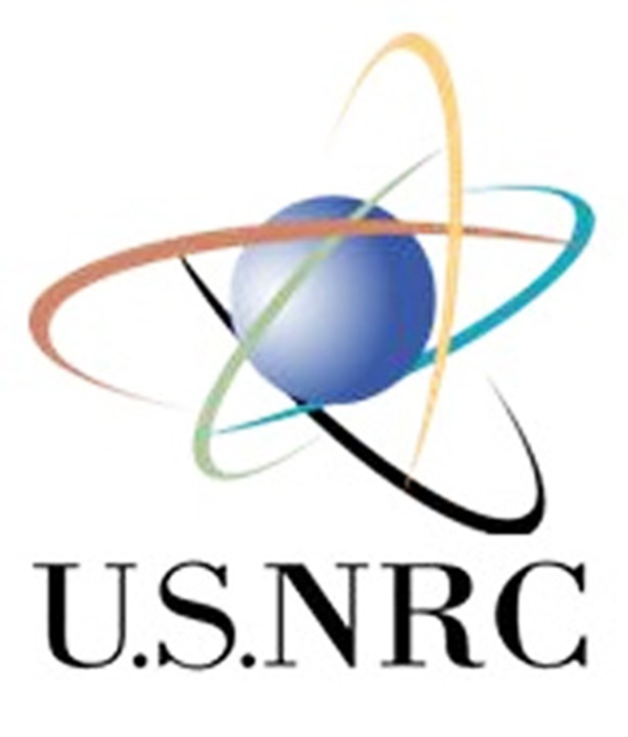Part 1 of 2 Parts
Today, nuclear power refers to nuclear fission. Although nuclear fusion has been researched for decades, until recently, experts said that commercial nuclear fusion power was still decades away. Now billions of dollars are being invested in the worldwide race to harness nuclear power. Dozens of companies, universities, and government sponsored research facilities are using a variety of approaches to create practical fusion reactors. Many of the researchers hope to see prototypes of commercial fusion power reactors arriving withing the next ten years.
The Nuclear Regulatory Commission is the top regulatory agency for nuclear materials safety in the U.S. On April 14, it voted unanimously to regulate the growing nuclear fusion industry differently than the nuclear fission industry. Fusion startups are celebrating this as a major win. As a result of this vote, some regulatory provisions, specific to fission reactors, like requiring funding to cover claims from nuclear meltdowns, won’t apply to fusion power plants because fusion reactors cannot melt down.
Andrew Holland is the CEO of the industry group, the Fusion Industry Association. He said, “Up until now, there was real uncertainty about how fusion would be regulated in the United States — this decision makes clear who will regulate fusion-energy facilities, and what developers will have to do to meet those regulations. It is extremely important.”
Other differences between nuclear fission regulation and nuclear fusion regulation include looser requirements around foreign ownership of nuclear fusion power plants as well as the dispensing of mandatory hearings at the federal level during the licensing process, according to Holland.
The decision to develop fusion specific regulations had been under consideration for some time. On January 4th, the staff of the NRC submitted three recommendations to the commission’s decision making committee for how to regulate fusion.
Scott Burnell is a spokesperson for the NRC. He said that the options were to regulate fusion in the same way that fission is regulated, regulate fusion based on materials involved in the process or to take a hybrid approach.
Burnell said that in that submission, the NRC staff suggested regulating fusion like fission “is a poor fit with our rules, Nevertheless, the decision was not final until the full commissioned voted to chose to agree with that position.
There are currently ninety-three commercial nuclear fission reactors operating in the U.S. They generate energy when a neutron collides with an atom, splitting it into atoms of lighter elements and releasing huge amounts of energy. The electricity generated by nuclear fission is considered to be a form of clean energy by the U.S. Department of Energy (DoE) because it generates no greenhouse gas emissions during normal operations. This does not account for greenhouse gas emitted during mining, conversion, enrichment, transport, reactor construction and the decommissioning process. Half of the energy categorized as carbon-free generated in the U.S. comes from nuclear fission reactors. However, these types of reactors also produce spent nuclear fuel waste that remains radioactive for thousands of years.
Please read Part 2 next
